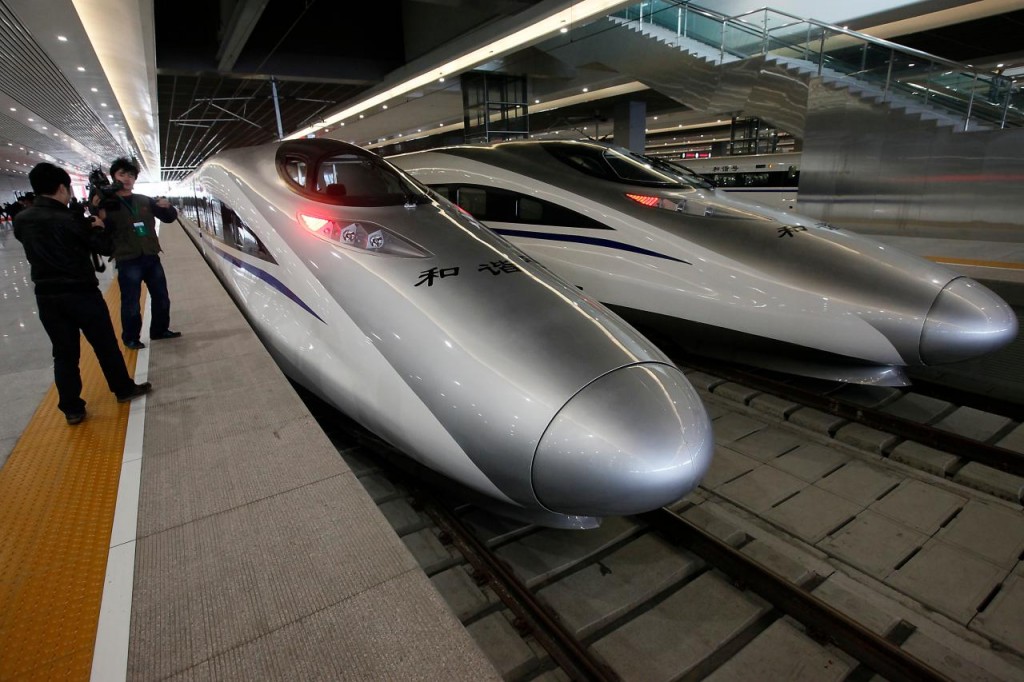Thai Signs Memorandum with China to High Speed Railway Technology
The Chinese and Thai governments have signed a memorandum on further railway cooperation, a spokesman for the Ministry of Commerce said Thursday, sending a positive signal about bilateral cooperation in the sector.

No further details about the memorandum were provided. However, the Bangkok Post reported on December 3 that the two countries plan to extend their Bangkok-Nakhon Ratchasima railway line further north to Nong Khai in Thailand.
Previously, the Thai government eliminated Nong Khai from the route, but now both sides have agreed to revert to the original plan, according to the Bangkok Post.
[ad id=”126376″]
The memorandum could help “lay a good foundation” for further railway cooperation, Wei Jigang, a research fellow with the Development Research Center of the State Council, told the Global Times Thursday.
High-speed rail technology has become a calling card for China and Chinese rail technologies have made concrete progress overseas.
Besides Thailand, the nation is also pursuing high-speed rail cooperation with other Southeast Asian countries, such as Laos, Indonesia, Malaysia and Singapore.
On Tuesday, Singapore Prime Minister Lee Hsien Loong and his Malaysian counterpart Najib Razak signed an agreement for a high-speed rail linking the city-state and Malaysia capital Kuala Lumpur, which is intended to be operating by 2026, according to a statement published on the website of the Singapore government.
Media reports said that China, Japan and South Korea are all eyeing the 350-kilometer project.
China could be a competitive bidder for such projects, said Hu Siji, a professor at Beijing Jiaotong University.
“China’s high-speed rail technology is quite advanced as the domestic high-speed rail lines have proven the technology’s reliability,” Hu told the Global Times on Thursday, adding that the cost of China’s technology is much lower compared with others’.
China has 7,531 kilometers of high-speed rail in operation, No.1 in the world. China has gained “abundant experience” building such lines, which gives China a competitive edge in the sector, Wei said.
So far, overseas railway cooperation has been mainly in some Southeast Asian and African countries, but experts noted that Chinese railway technologies are capable of entering developed markets despite some setbacks in recent years.
In June, a high-speed rail line connecting Los Angeles and Las Vegas in the US was called off due to challenges in obtaining regulatory approvals, according to media reports. The project was originally planned to be built by China Railway International?and US company XpressWest.
Experts said Chinese companies must be aware of potential risks, given that high-speed rail projects usually demand high inputs and have long payback periods.
[quote font_size=”16″ arrow=”yes”]”Chinese companies could provide technology or take part in construction … but they should be cautious about taking part in further operation of the high-speed rail lines, as most of them so far are incurring losses,” [/quote]Zhao Jian, another professor at Beijing Jiaotong University, told the Global Times Thursday.




